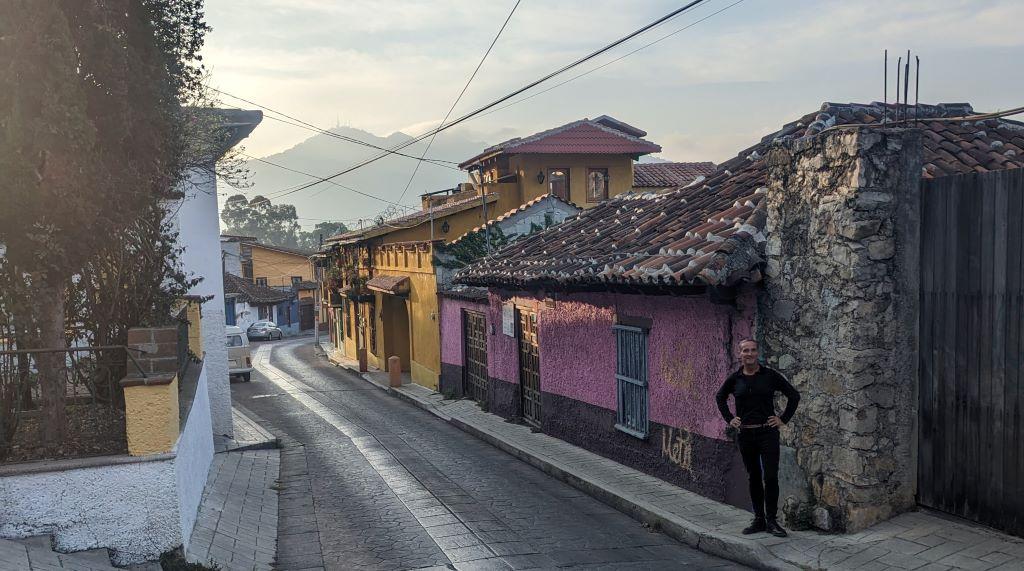
When you land in a new city, especially if it is in a foreign country that speaks a different language and has a reputation for crime, there is an inevitable feeling of discomfort your first few days. We’d heard many lovely things about San Cristobal de las Casas, in Chiapas, Mexico. We’d seen the pictures of the adorable, brightly painted houses lining the Spanish colonial streets. On the other hand, we’d read plenty about gangs, poverty, and street blockades in the state of Chiapas. Had we made the right decision in planning a month here?
The house we rented through AirBnB turned out to be lovely. Modern, clean, and with a large, sunny rooftop terrace. For a fee, our landlord Roberto drove us the hour or so from the Tuxtla-Gutierrez airport to our home in San Cristobal, where we were warmly greeted by Tere, the weekly housekeeper.
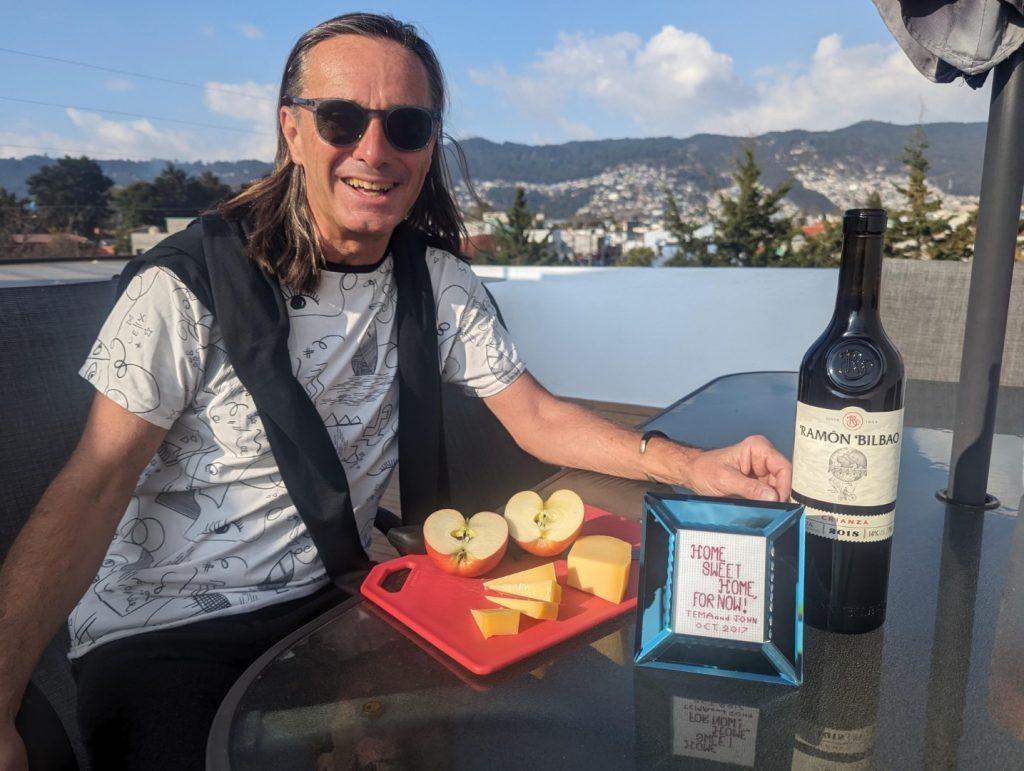
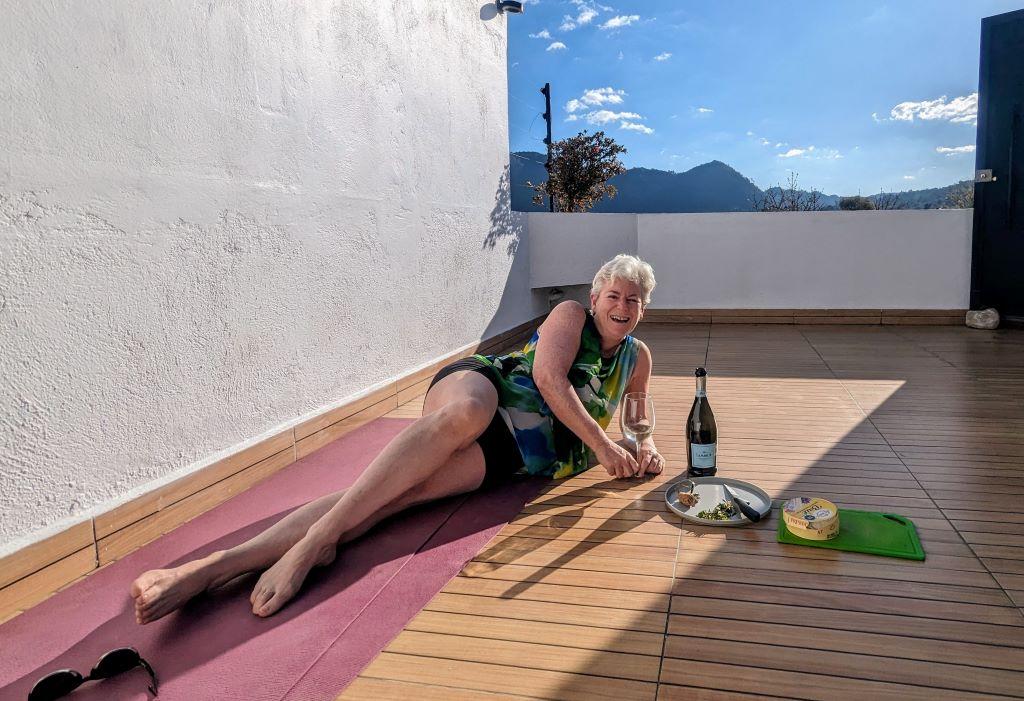
Two views from our rooftop terrace in San Cristobal. L: 1st day, DH with our “Home Sweet Home for Now” sign made by our friend, Win, which has travelled with us since 2017. R: Tema enjoying afternoon drinks & nibblies
It was after dark by the time we arrived, so we had no real sense of the neighbourhood. From Google Maps, it had looked like there was a big park nearby and another one along the river, a few blocks in the other direction. In the morning, we headed out the solid metal gate and into the street in search of a bakery. (We never found it.) The streets were not at all what we’d seen in the photos. The park turned out to be a gated playground. We are living in the San Ramon district, which is about a half-hour’s walk into el centro historico. The quintessential San Cristobal pictures are all from historic centre of town. Our barrio is a largely working class Mexican neighbourhood.
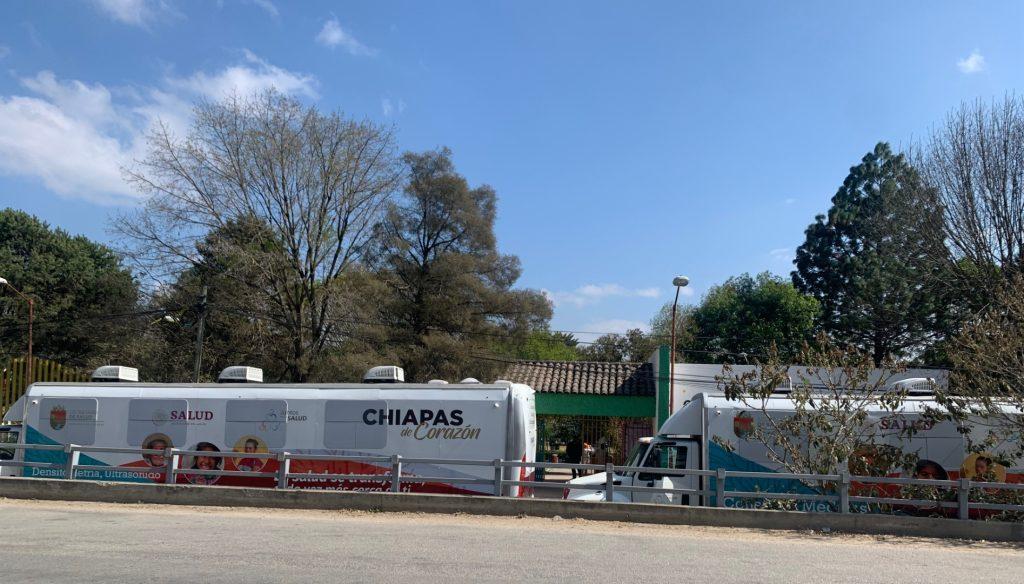
Zoning is not a thing here, so as you walk down our street you’ll pass automotive repair shops (which spread out into the road with a never-ending collection of old VW Beetles undergoing refurbishment), a hole-in-the wall where a lady takes in laundry to clean in her one non-commercial washer and dryer, a vendor on the street with his wood-fired brazier topped with an enormous pot of water boiling cobs of corn, a breeze-block manufacturer next to a kindergarten, tiny one-room homes behind metal grates, a local produce market, small dark rooms where women are making tortillas, the Angel de Jesus pharmacy, and more.
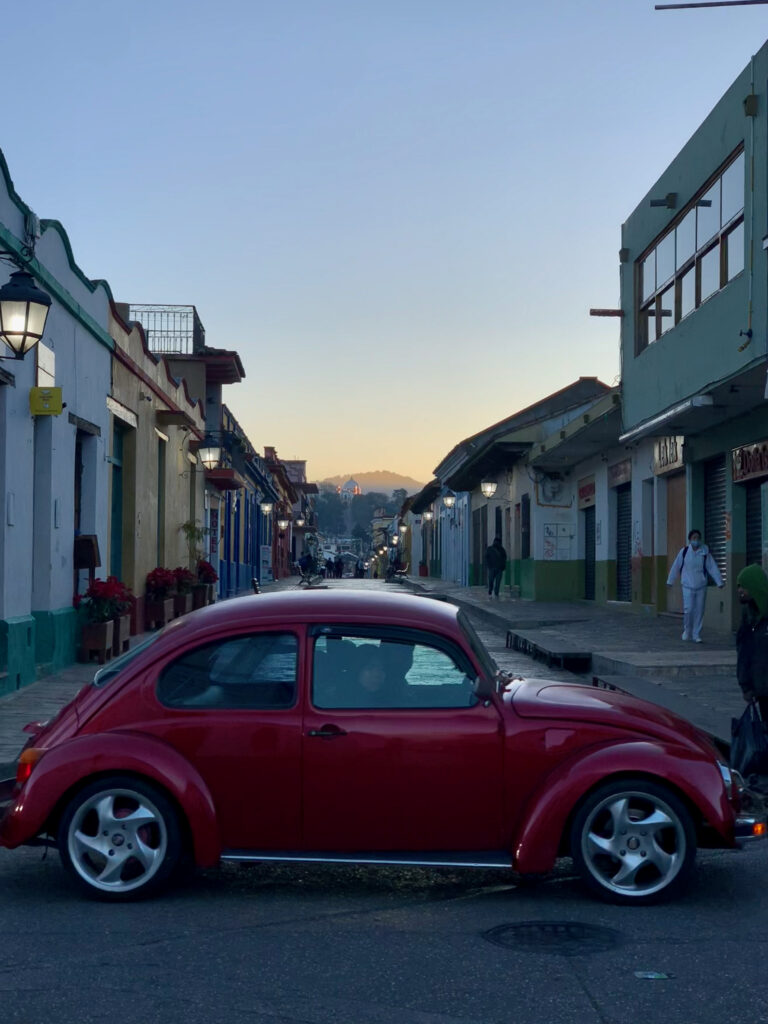
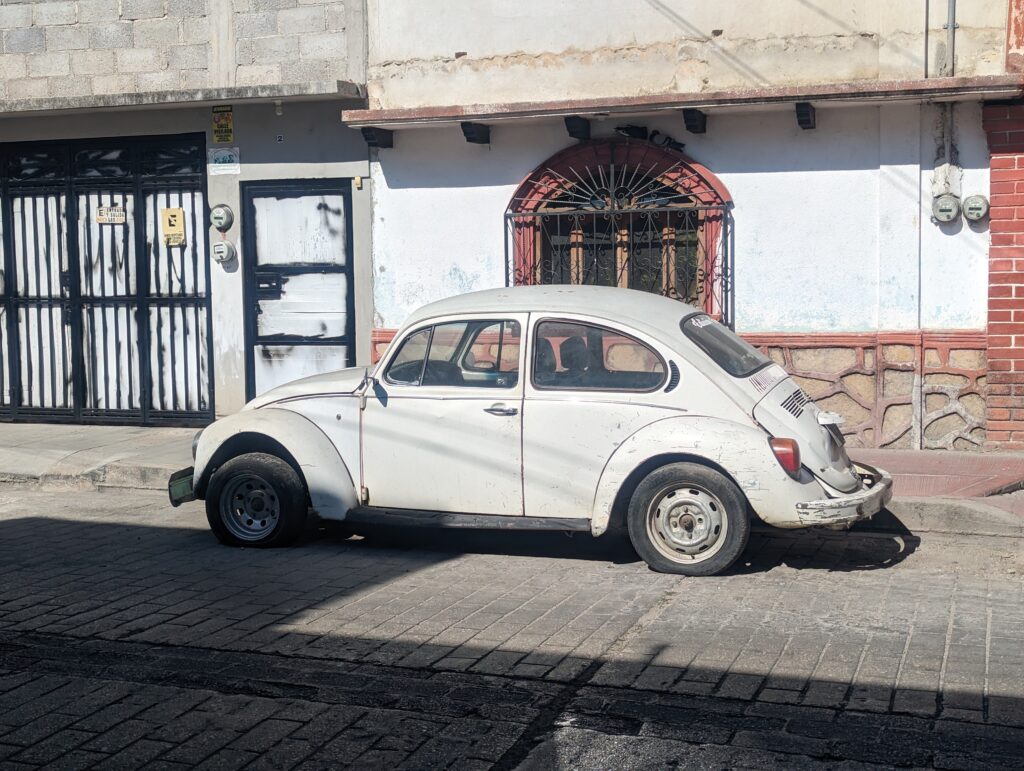
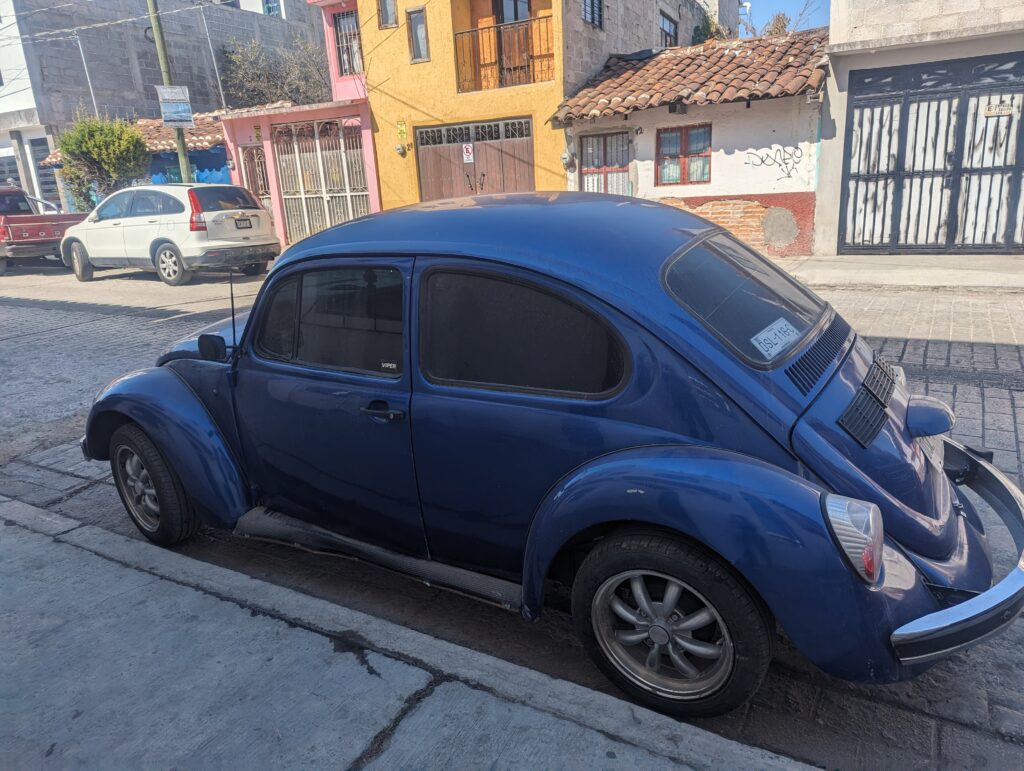
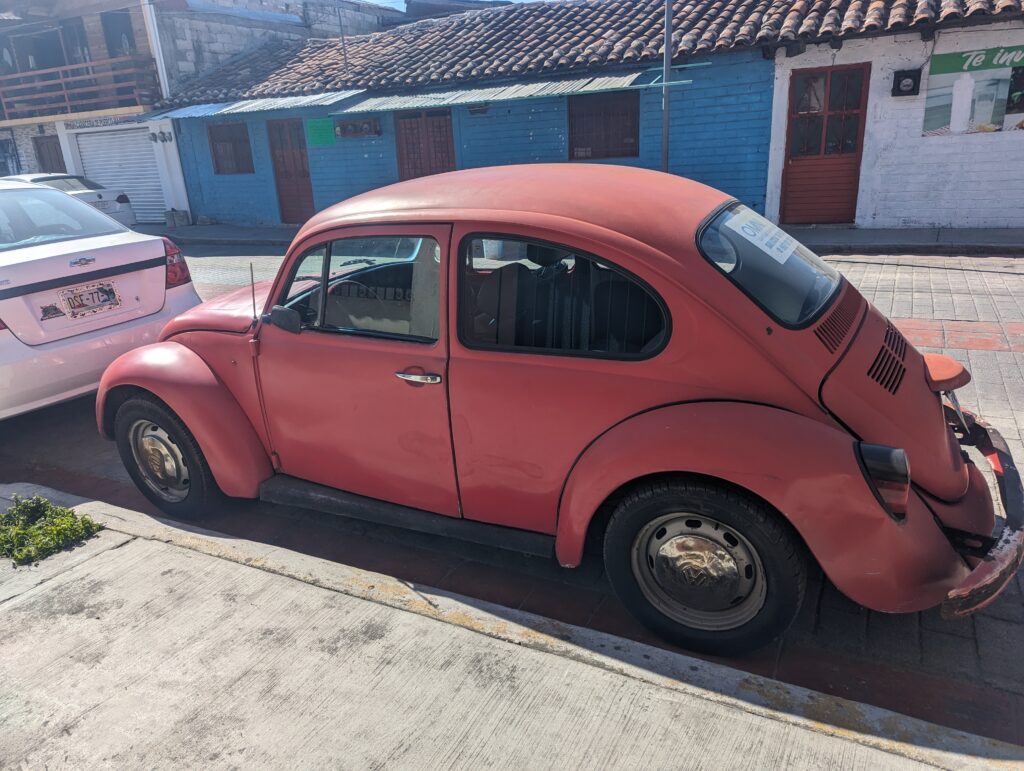
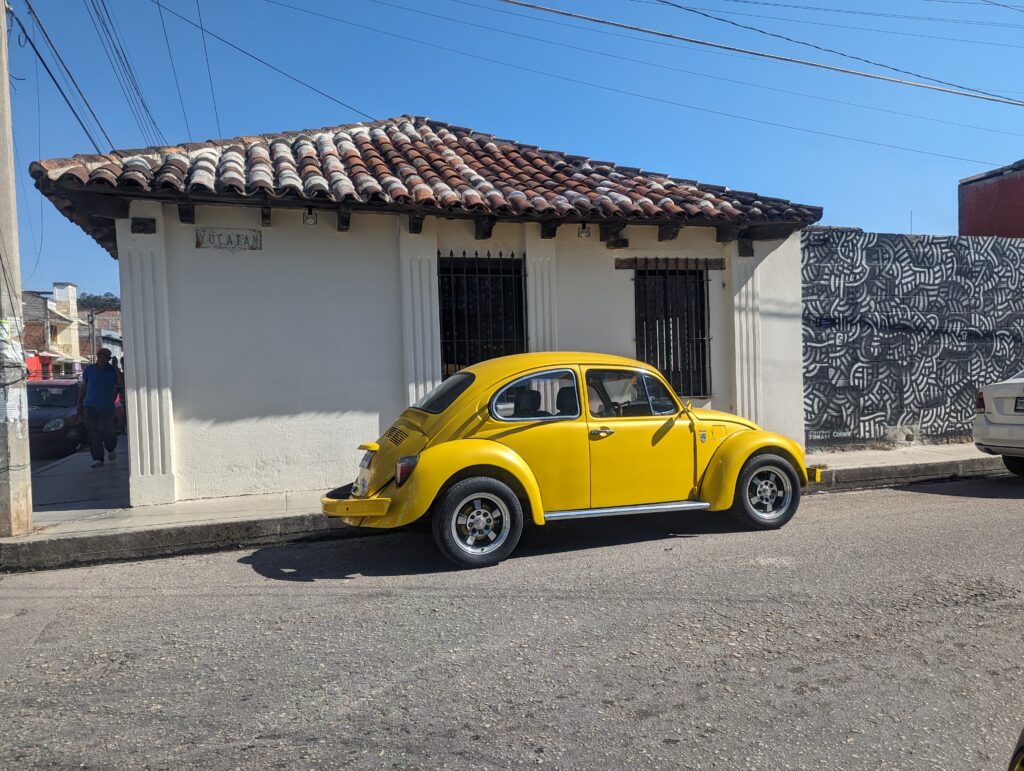
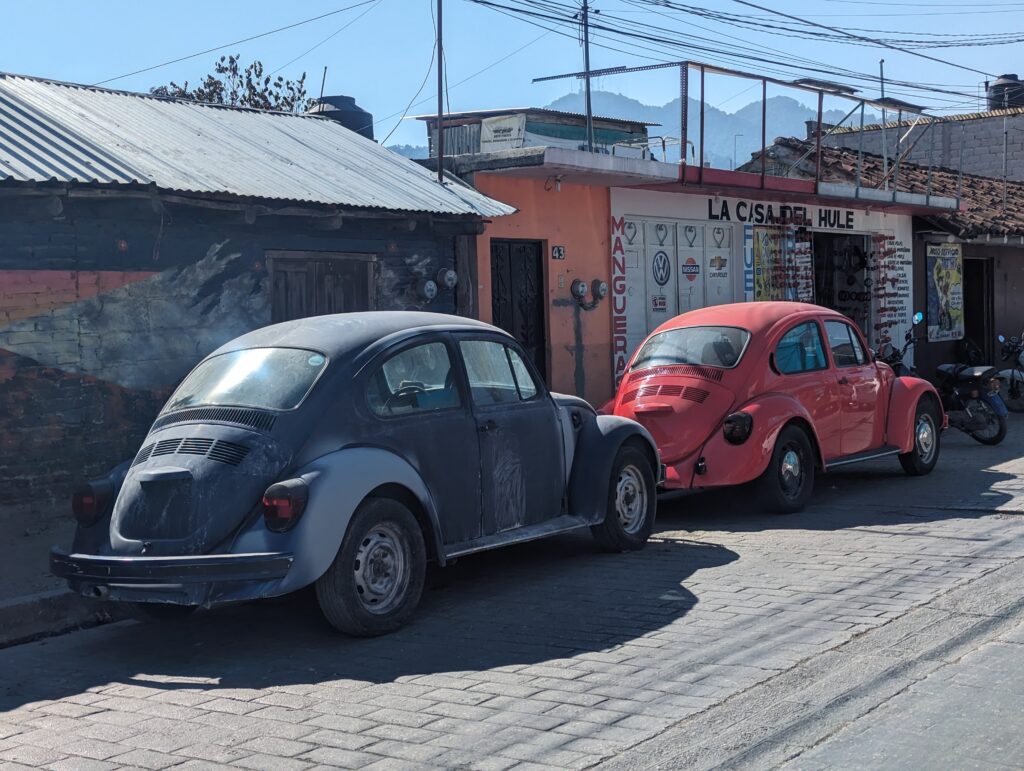
Old VW Beetles are everywhere! They used to be manufactured in Mexico.
Yet mixed in with all this are entire upscale streets hidden behind enormous metal doors. To serve their residents, there’s a high end café near what we thought was the riverfront park. (Sadly, it turns out that the river’s edge – and the river itself – are full of garbage. Not a place for a lovely walk.) Café Buho is bright, airy, and has food cleanliness standards you can trust. We particularly love the garden, which has a full children’s playground in it. Most of the people we pass on our 10-minute walk there could not afford to eat at such a restaurant.
All this to say that the first few days our month here loomed large. I felt like we didn’t fit in. Although there are a few San Cristobal Facebook groups, there didn’t seem to be any expat meetups, which are often a good place to start in a new country. My pale, freckled skin makes it impossible for me to blend in, and I felt conspicuous carrying my bright yellow purse.
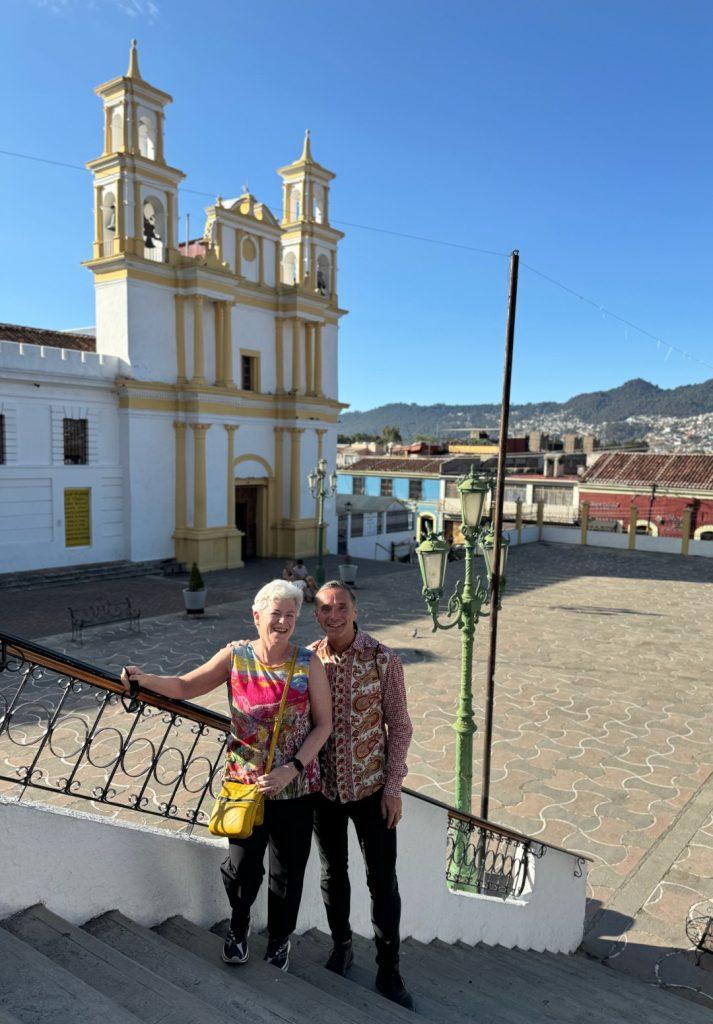
We signed up for Spanish classes three days a week at the Instituto de Lenguas Jovel, a school on the far side of the historic centre. That forced us to get out and walking. Soon the feeling of discomfort dissipated. Every day we exchange a buenos dias or buenos tardes with the vendors and old people along our route. Our Spanish is now good enough that we have conversations at the market stalls, learning about the dozens of types of peppers and comparing life here versus Canada. (One seller wanted to know how it was possible to live in such a cold place. When I told him all houses have heating – something that is quite rare here – he asked how much extra you pay to have heaters built in. I explained that you cannot sell a house without heating in our part of the world.)
Although we take taxis home if we are out after dark, we feel completely safe during the daytime, in any of the neighbourhoods. We know enough to ask for the price of the cab ride before getting in, and it has been reassuring that every cab driver has quoted us the same 50 peso price from the centre our house. In all our interactions with people here we have found them to be friendly, honest and welcoming. If we were staying longer I’d make an effort to start a weekly expat meetup to have someone other than my husband and my Spanish teacher to talk to, but we’ve only got one more week and for three days of it well be away – in Palenque – so it’s not worth bothering.
Other common sights here:
- Lineups of indigenous people in front of the Banco Azteca. Apart from tourist venues, this is a cash economy, so bank lineups are inevitable. Normally, though, the lineups are for tellers, not for the machines. When we first arrived in Mexico, in Puerto Morelos, we discovered that the ATM cash withdrawal fee at Citibanamex is only about $3 Canadian vs nearly $20 at the big-name banks.
- Indigenous people on the streets all through the town (especially in the centre) selling produce from their farms and handicrafts.
- Tiny but strong women in traditional attire carrying babies, toddlers and even 4- or 5-year-olds in cloth slings.
- Sidewalks that exist in name only. It seems that every home or business is responsible for their own sidewalk, so the height, angle and width of them changes every few footsteps. Pay attention! There are also enormous holes you could easily fall into if you aren’t being careful, and piles of debris or little street stands that force you off the sidewalk and onto the street with the cars and motorcycles.
- Motorcycles with two adults and two or three kids on them are common. Without helmets, claro.
- Children — some quite young — working during school hours, either at their parents’ stalls or selling things in the street. In theory it is mandatory to go to school, but that is not enforced. According to the official stats, as of 2020, 36% had a primary school education, 27% middle school, 20% high school, and 14% a bachelors or technical school diploma.
(Click the images below to see them full-size.)
Our first week here, while we were still in that “what have we done” stage, our daughter and her boyfriend came for a few days. That helped ease the transition, although we went on an outing to the nearby town of Chiapa de Corzo and got food poisoning. Even our Mexican cab driver, who we’d invited to have lunch with us, was sick for the next three days. (Before getting poisoned, we had a delightful boat ride through the Sumidero Canyon.)
(Click images below to see them full size)
We’ve also found some wonderful locally-made clothes, and eaten at two excellent restaurants: Restaurante Tarumba and El Secreto.
On balance, I like San Cristobal. It makes me think of what Cuenca in Ecuador was probably like 20 years ago, before the expat influx led to infrastructure improvements, a greater diversity of restaurants and cultural venues, and a welcoming environment for newcomers. I wouldn’t be surprised if San Cristobal, 10 – 20 years from now, is similar to what Cuenca became. Some folks are starting to complain about the mixed blessing of gentrification in San Cristobal. The tourists (most of whom are Mexican for now) bring in money and help businesses like restaurants and hotels thrive. Housing prices are rising. That’s not just due to expats: many Mexicans from the coast or even relatively nearby towns like Tuxtla have second homes in San Cristobal because the weather is more pleasant here. It is cool at night and not too hot during the day. At this time of year, most days are sunny, with highs in the mid 20s (70s Fahrenheit). At the moment, though, this is still a place where expats can retire (and digital nomads work) inexpensively and safely. I do hope they’ll clean up the rivers and turn them into the lovely walking and leisure locations they could be. Then it would be pretty close to perfect.

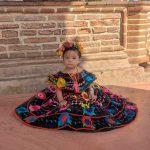
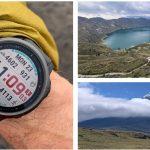
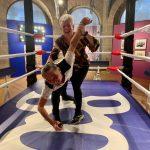
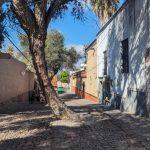
I am moving there in December 2024 and hope I’m making the right move. I just retired at 64 and my $1,800 a month social security is all I have. I speak Spanish, help Mr wizard! I could use some friends in San Cristobal de Las casas.
Good luck with the move. There are a few Facebook groups for expats and newcomers in San Cristobal, which can be a great starting place for meeting people. Check them out. Also, a lot of the Spanish schools have activities. That can also be a good way to meet people, although if you are already completely bilingual that wouldn’t be ideal. On the other hand, given your language skills there may be volunteer opportunities, which can also be a fun way to meet people.
Very nice unbiased description of San Cris. Did your view change with time? I commend you for getting out there and experiencing the place and culture first hand. Great stuff. Thank .
Thanks for your comments. Our final impression was pretty much what we described here. It’s a nice place.
[…] wrote about our time in San Cristobal here. The centre of town is charming and walkable. The weather is great: cool at night for sleeping and […]